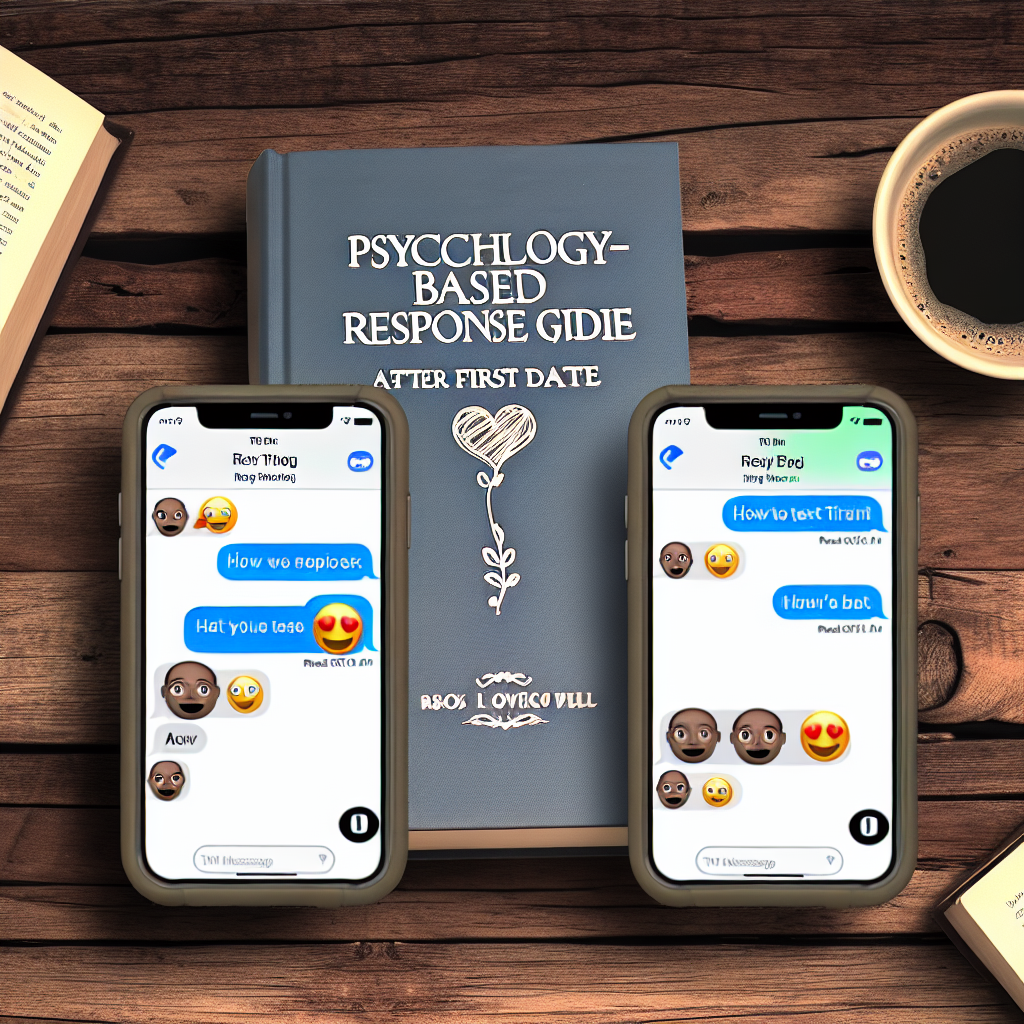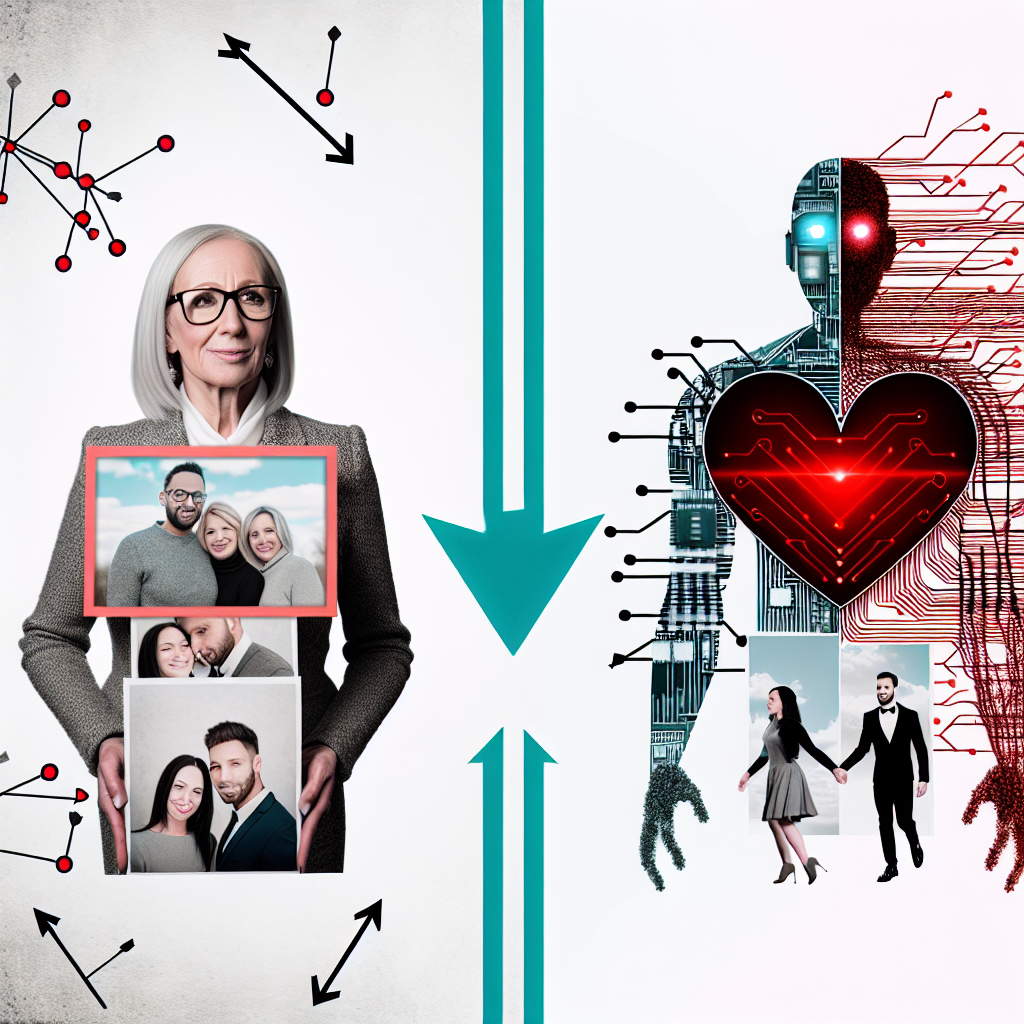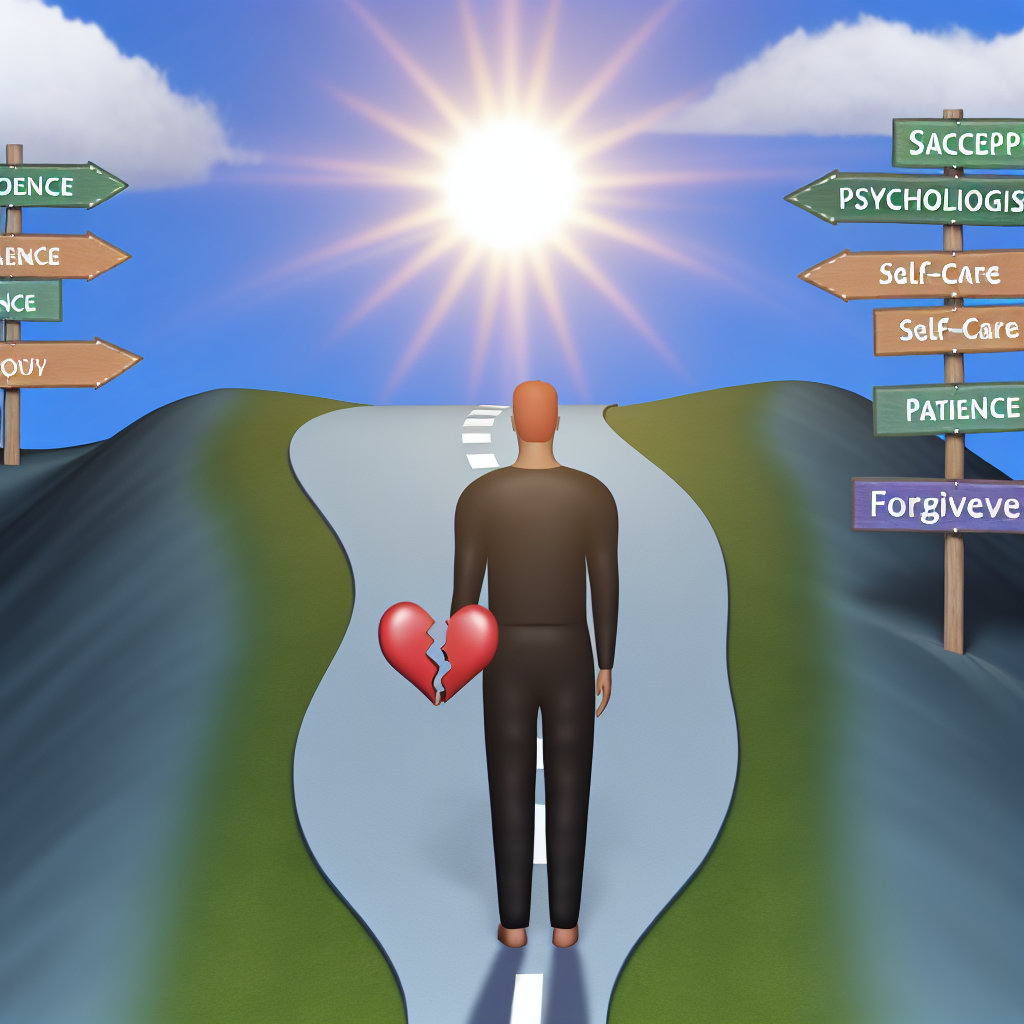How to Text After First Date: Psychology-Based Response Guide
What Happens After “Goodbye”? The Psychology of Post-Date Texting
The first date is often bursting with anticipation, excitement, and the subtle dance of attraction. However, what happens after that initial meet-up can often set the tone for what’s to come. In the age of smartphones and social media, texting has become the primary way singles stay connected. It’s quick, convenient, and allows you to maintain interaction without the pressure of face-to-face communication. Yet navigating the post-first-date texting game can feel like walking a tightrope—too much too soon might seem clingy; too little might appear disinterested. So how do you text after a first date? More importantly, how can psychology guide your post-date messaging strategy to improve your dating success?
The way we communicate post-date holds immense psychological weight. In fact, your follow-up texts can reinforce attraction, build anticipation, solidify emotional rapport, or unfortunately, do the opposite. Whether you’re 18 or well into your 80s, understanding the psychological subtleties behind post-date texting can dramatically improve the way you connect with potential matches.
Consider this—after a date, you’re not just dealing with your own perception. You’re also dealing with your date’s expectations, emotional state, and internal narratives, all shaped by their past relationships, attachment style, and communication preferences. The decisions you make about when, what, and how to text can either align with or contradict their expectations, influencing your dating trajectory.
Furthermore, technology invites both anxiety and over-analysis. Was the emoji too much? Should I double-text if they don’t reply? Are they ghosting, or just busy? Texting has created new dating dilemmas that often leave people puzzled, second-guessing their gut instincts. Through a psychology-based approach, you can sidestep these stresses with confidence and clarity.
In this comprehensive guide, we’ll explore scientifically-backed texting strategies that work post-first-date. From the right timing to the right tone, and knowing which psychological triggers strengthen connection, we’ll help you turn those digital dots and dashes into a compelling follow-up message—regardless of your age or dating experience.
5 Psychology-Based Texting Strategies You Should Know
Post-date texting behavior has been the focus of growing research in psychology and dating sciences. Several key studies and psychological principles can be applied to improve your messaging strategy after a date.
1. The Reciprocity Principle: Lead with Kindness
One commonly cited psychological concept in post-date communication is the principle of reciprocity. This principle—established by social psychologist Dr. Robert Cialdini—suggests that people feel compelled to return gestures or expressions of interest in kind. A brief follow-up text expressing appreciation or enjoyment (“I had a great time tonight—thank you!”) usually invites a positive response and opens the door for continued interaction.
2. Attachment Theory and Texting: Match Their Communication Style
Studies based on Dr. John Bowlby’s Attachment Theory reveal that adults with secure attachment styles usually prefer open and direct communication. According to research from the Journal of Social and Personal Relationships, texting after a date that includes a genuine expression of interest and healthy curiosity (e.g., “I’d love to see you again—when are you free?”) results in greater relationship satisfaction, especially among securely attached individuals. Conversely, those with avoidant or anxious attachment may misread ambiguous or overly casual texts as disinterest.
3. Timing Is Everything: Send Your Text Within 24 Hours
According to a 2018 study by PsychTests AIM Inc., 73% of people prefer a follow-up text within 24 hours after a first date. Why? Because timely texting is perceived as emotionally intelligent and shows that you care. Waiting too long can trigger doubts or assumptions, especially in the early dating phase.
4. Use Dopamine to Your Advantage: Spark Anticipation
Neuropsychological research shows that dopamine—the brain’s “feel-good” chemical—is significantly released in the presence of positive reinforcement and anticipation. Curating intrigue in your message, such as a teaser about a second date idea or referencing a memorable moment from the date, activates this pleasure-reward system. It keeps your date engaged and looking forward to more interaction with you.
5. Mirror and Match: Synchronize Your Texting Tone
Mirror Matching—also known as communication synchronization—is a subconscious behavior where people match each other’s communication style. If their messages are enthusiastic and punctuated with emojis, a similar style can enhance emotional compatibility. According to communication expert Albert Mehrabian, non-verbal signals (in texting, this includes tone and punctuation) can account for up to 93% of emotional communication.
By aligning your text strategy with these psychological principles, you’re not only improving your dating game—you’re showing emotional intelligence, compatibility, and genuine interest, all of which are predictors of dating success across all age groups.
Final Thoughts: Make Your Message Matter
Texting after a first date doesn’t have to feel like decoding a complex puzzle. Psychology teaches us that effective post-date texting is all about balance—of timing, tone, and emotional expression. Whether you’re in your 20s or trying love again in your 70s, understanding the mental and emotional frameworks of your messages can dramatically improve connection. By using reciprocation, secure communication, and even a little intrigue, you’re not just sending a message—you’re laying the groundwork for something meaningful. In a digital dating world, a well-crafted message can make all the difference between a fleeting encounter and a lasting connection.
References
- Cialdini, R. B. (2006). Influence: The Psychology of Persuasion.
- Bowlby, J. (1988). A Secure Base: Parent-Child Attachment and Healthy Human Development.
- Journal of Social and Personal Relationships (2020). Adult attachment and texting behaviors.
- PsychTests AIM Inc. (2018). “Post-Date Texting Preferences.”
- Mehrabian, A. (1971). Silent Messages: Implicit Communication of Emotions and Attitudes.
- Harvard Health Publishing (2021). Dopamine, motivation, and reward.
- McLean, K. C. & Syed, M. (2015). The Oxford Handbook of Identity Development.
Concise Summary:
Navigating post-first-date texting can be tricky, but understanding the psychology behind it can make a big difference. This guide explores 5 key strategies backed by research, including the reciprocity principle, attachment theory, timing, dopamine, and communication synchronization. By aligning your texting approach with these psychological insights, you can improve your dating success and build meaningful connections, regardless of your age or experience.

Dominic E. is a passionate filmmaker navigating the exciting intersection of art and science. By day, he delves into the complexities of the human body as a full-time medical writer, meticulously translating intricate medical concepts into accessible and engaging narratives. By night, he explores the boundless realm of cinematic storytelling, crafting narratives that evoke emotion and challenge perspectives. Film Student and Full-time Medical Writer for ContentVendor.com




